When you use flash, your shutter speed gets limited at around 1/200 or 1/250 second. Because of this, you often end up with blurry images when taking action photos with flash and ambient light. So how do you go about using flash when photographing fast-moving subjects? Photographer Gavin Hoey from Adorama walks you through the process of using high-speed sync (HSS) flash:
Usually, in closed spaces, your camera’s flash sync speed, which is around 1/250 second, is sufficient to cut out the ambient light. And using flash in such a scenario will freeze the action just fine. But the moment you introduce ambient light, it will introduce some motion blur into the image.
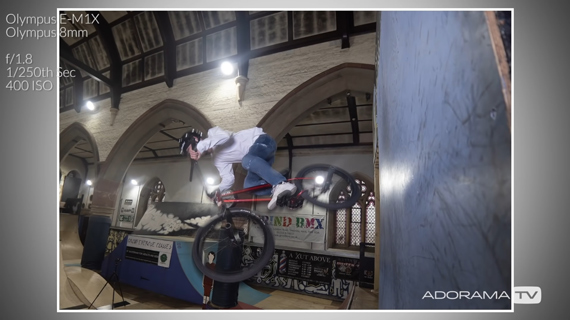
“The effect is quite impressive. And if that’s the look that you’re going for, it’s perfect!”
However, if you want to freeze the action, you will need to exceed your flash sync speed. This is where HSS comes into play. Since HSS is not available in all models, make sure that your flash unit has this feature. Hoey uses an eVolv 400 with an R2 Pro trigger allowing him to use this feature with the press of a button.
Once the HSS feature is enabled, you will notice that your camera will allow you to use a shutter speed beyond its flash sync speed. That is the beauty of HSS.
Here’s how the image turns out at 1/2000 second and ISO 400 without using flash:
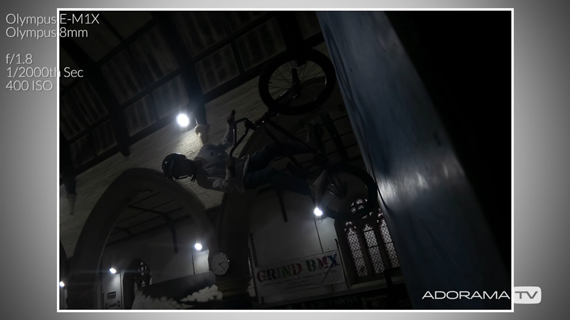
Next, Hoey bumps the ISO up to 2000 and turns the flash on at 1/128 power with HSS enabled. And here’s how the resulting images turn out:
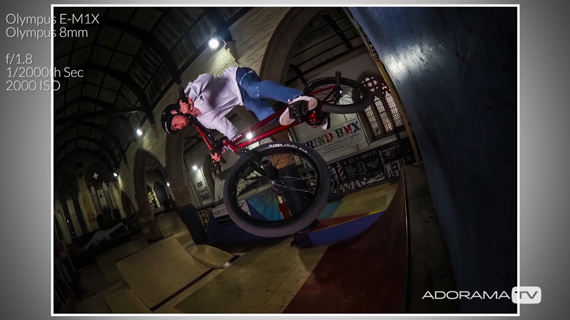
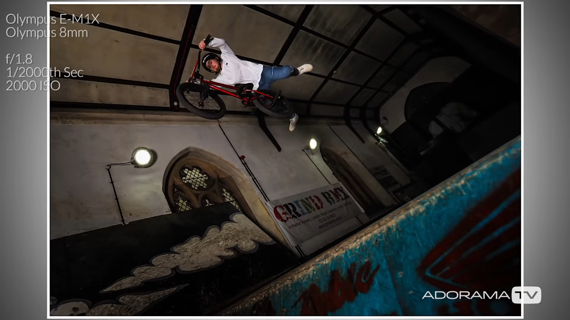
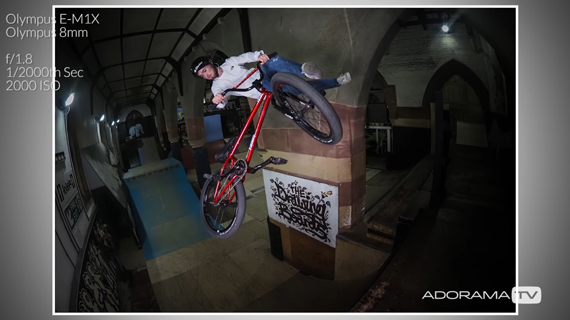
As expected, these images are well exposed and have the subject frozen with no motion blur.
If you’ve been getting blurry images when shooting fast-moving subjects with flash, you now know how to get over it. Go ahead and give HSS a try.
Did you appreciate this newsletter? Please help us keep it going by Joining Our Patreon Supporters
What are your thoughts on this article? Join the discussion on our Facebook Page
PictureCorrect subscribers can also learn more today with our #1 bestseller: The Photography Tutorial eBook
The post Action Photography with High Speed Sync Flash appeared first on PictureCorrect.
from PictureCorrect https://ift.tt/14gvYoP
via IFTTT






0 kommenttia:
Lähetä kommentti